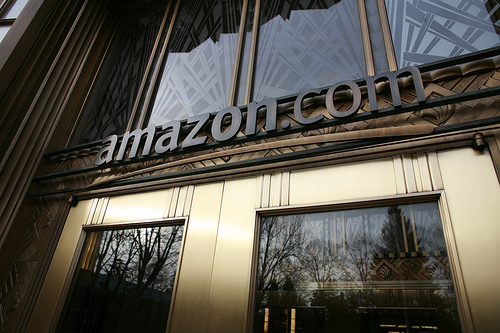by Hubert Marleau, Market Economist, Palos Management
June 23, 2023
The Federal Reserve is cognizant of lags in monetary policy, and the potential impact of the cumulative 500 basis points increase in the cost of money, coupled with the alarming decline in various monetary aggregates to date, on employment and inflation. The monetary authorities are not, however, ready to concede that enough has been done, yet they don't want to do more than necessary. I'm sure that they are concerned with the immediate outlook.
Depressed by the inverted yield curve, low consumer confidence and rising jobless claims, the Conference Board’s index of leading indicators fell 0.7% in May and at a 9.3% annualised rate in the last 3 months. Atlanta Fed president Bostic argued forcefully that: “I think we are in a place where we should let the hard work of the Committee that has already been done work its way through the economy and see if it continues to bring inflation closer to our goal.” The point is that the monetary stance has been restrictive for 9 months, suggesting that the effect of tight money is just beginning to take hold.
The performance of the money supply provides valuable information on the economy for investors. It can foretell desired demand and, in turn, inflation when it grows faster than the potential supply of goods and services that the economy can actually produce. Conversely, it also works actually in reverse. While it may be true that using monetarism for day-to-day monetary policy wouldn’t be practical, it should not be ignored simply because mainstream economists ridicule it.
Over the past year, the U.S. money supply was down 4.6% and still declining. In the last 3 months, it has fallen at an annual rate of 1.1%. Considering that the potential growth of the economy is about 2.0%, the inflation goal is 2.0%, and that 2.0% is approximately what is needed for liquidity, the money supply should ideally grow at an annual rate of 6.0%. In other words, the money supply would be about 10.5% less than it should be under normal conditions.
But these have not been normal. If it had not been for the pandemic, the money supply would be around $19.350 trillion today. However, it is $20.673 trillion, which is about 7.0% more than it ought to be. Given the speed at which it is falling, there are only a few more months to wait to have an amount of money supply that would be in sync with the potential growth of the economy. The shocking decline in this money supply is one big reason why the rate of consumer inflation has fallen from 9.1% to 4.0% in the last 11 months. Indeed, in the wake of the May CPI and PPI data, the simple read-through is that core inflation will seriously decelerate. The recent
spike in used auto prices has reversed, the downshift in Zillow numbers will lower rents and the pass-through from lower energy prices should broaden. According to Adobe Digital Price Index, online prices fell 2.3% compared with May 2022, marking the ninth consecutive month of year-over-year price decreases, with over half of Adobe’s tracked categories (11 of 18) falling in pieces on an annual basis. Moreover, the CPI data by Truflation show that inflation has declined almost on a daily basis in the last 12 months, registering a yearly increase of 2.38% on Thursday last. I expect June and July will bring the first 0.2% m/m and 0.1% in Core CPI since August 2021. In this regard, another rate hike by the Fed would be a mistake and is therefore unlikely to happen.
In this regard, corporate profits may not look as shaky as some fear-mongering strategists claim. The research team at BCA research in a note to its followers, revealed that inflation falling off highs is just as bad as when inflation is high and rising. However, once it is past the 4% mark, real earnings tend to rebound. This is consistent with Yardeni’s expectation that S&P 500 earnings per share growth will resume in the second of 2023 to reach $250 in 2024. We shall know more about this in three weeks when the second quarter earnings season starts.
The S&P 500 fell 62 points or 1.4% in the week ended June 23. But should inflation fall to 3.0% as predicted by the swap market, the benchmark could rise to 4500 by year end.
Copyright © Palos Management














